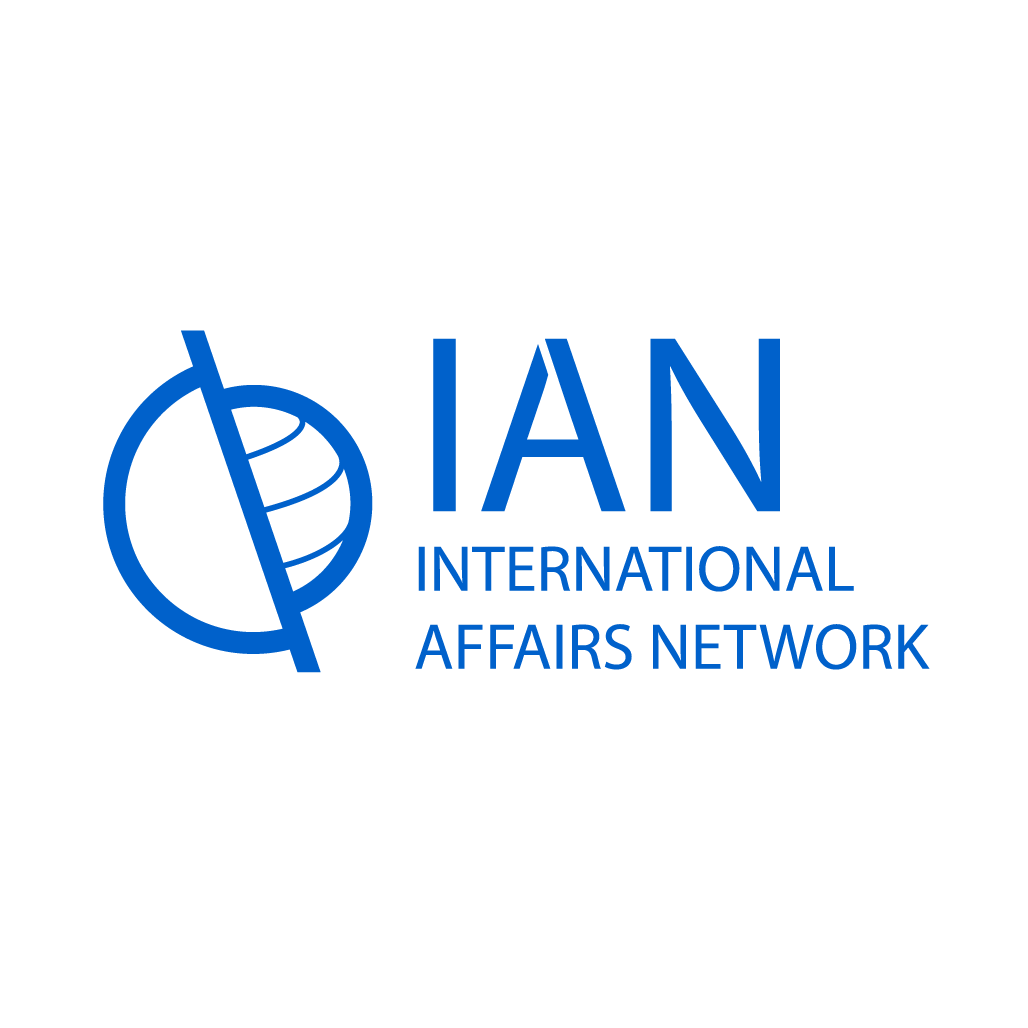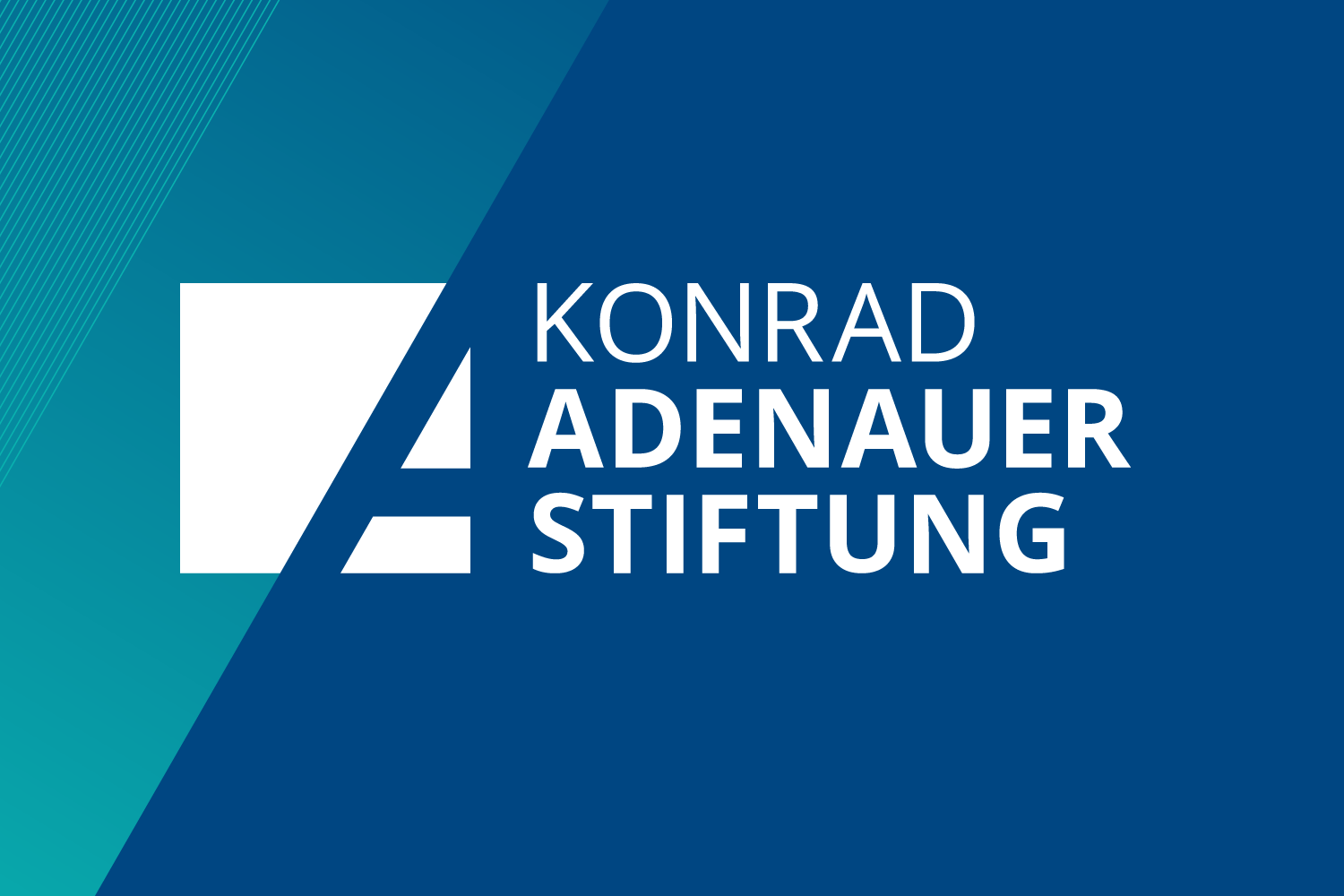Kazakhstan, the CSTO, Armenia and role of Russian regional power
As popular protests spread across Kazakhstan at the beginning of January 2022, President Kassym-Jomart Tokayev triggered the mutual defence agreement of the Collective Security Treaty Organisation, which resulted in the dispatch of a 2,500 strong Russian led peacekeeping force to the Central Asian state. The current chair of the CSTO, and Prime Minister of Armenia, Nikol Pashinyan announced that Armenia would be providing 100 troops in response to Tokayev’s call for assistance. This decision has been met with widespread disdain in Armenia, once again bringing Russian regional power and interference in the ex-soviet sphere sharply into focus.
The Context of Unrest
The protests, which began on January 2nd were initially a localised response to anger over the Kazakh government’s decision to lift caps on liquified petroleum gas (LPG). Changes to prices of the low-cost fuel used by much of the Kazakh population to power their cars sparked demonstrations in the oil-rich Mangystau region. Unrest quickly spread throughout Kazakhstan, driven by longstanding grievances over social and economic disparity and the autocratic rule of the country’s government.
Calls for greater political liberalisation – demands which challenge the powers who have ruled the country since its independence in 1991 – boiled over into violent clashes in Kazakhstan’s largest city, Almaty, as anti-government demonstrations were met with an aggressive response from Tokayev’s regime. The protests, which prompted the resignation of the Kazakh government under Askar Mamin, have been branded as an act of terrorism by Tokayev, who has now taken full control of the country’s security council and declared a state of emergency throughout Kazakhstan.
President Tokayev has suggested that protestors were influenced by “international terrorist groups” with “extensive training abroad” designed to undermine the security of Kazakhstan. These claims have been used as a pretence to initiate a violent crackdown on protestors as a “shoot without warning” order was issued to Kazakh security forces. Speaking on Saturday 8th January, the Interior Ministry of Kazakhstan has suggested over 4000 arrests have been made, including the head of the intelligence service Karim Massimov, on suspicion of high treason.
The unrest has exposed Tokayev’s vulnerable grip on power and laid bare the inequalities of the oil rich Central Asian nation on the international stage. Tokayev, who has used the protests as an opportunity to suppress media, civil society and those loyal to his predecessor Nursultan Nazarbayev, has been substantially aided by the Russian-led peacekeeping forces sent by the CSTO to shore up the Kazakh government’s security operations.
The CSTO
The Collective Security Treaty Organisation was signed in 1992. Together with the Eurasian Economic Union and the Union state, it is one of the three organisations under the oversight of the Russian led Commonwealth of Independent States. The CIS was formed following the dissolution of the Soviet Union in 1991 and directs military, economic and legal co-operation between member states. The CSTO, initially included Azerbaijan Georgia and Uzbekistan, but now comprises of Russia, Armenia, Kazakhstan, Kyrgyzstan, Tajikistan, and Belarus.
Similarly to NATO, the CSTO is an agreement based on obligations of defence, regional security, and mutual protection in the event of conflict. Key to its foundation is Article Four, stating: “If one of the States Parties is subjected to aggression by any state or group of states, then this will be considered as aggression against all States Parties to this Treaty. In the event of an act of aggression against any of the participating States, all other participating States will provide him with the necessary assistance, including military, and will also provide support at their disposal in exercising the right to collective defense in accordance with Article 51 of the UN Charter.”
Despite the significance of the treaty, it has remained largely symbolic until now. For the first time in its thirty-year history, the CSTO has responded to the request of a member state and deployed forces in Kazakhstan. In response to the triggering of Article Four, Armenian prime minster Nikol Pashinyan, current chair of the CSTO, announced the measures by citing “external interference” as a key contributing factor to this course of action.
Yet for many in Armenia, who have responded to Pashinyan and the actions of the CSTO with widespread disdain, this deployment calls into question the functioning of the treaty and Armenia’s role within it. Events in Kazakhstan and the subsequent deployment of CSTO exposes in real terms the practices of regional politics and the regionalism that it represents. It also reflects the experiences of the different member states and the complexities for stakeholders at the opposite ends of the power dynamics at play.
Armenian involvement
To most Armenians, the irony of their country’s involvement in quelling civil unrest and coming to the aid of another CSTO member state is hard to miss. The Armenian Prime Minister came to power in a series of popular street protest in 2018 and his rise to significance was largely the product of his leadership role in the 2008 protests against fraudulent elections, which were violently supressed by the Armenian government at the time.
The 2018 Armenian ‘velvet revolution’, which swept Pashinyan into power and largely dispensed with the ruling post-soviet Republican party, bears a great deal of similarity to the principles driving the current unrest in Kazakhstan – though in practice it changed very little regarding Armenia’s relationship to the post-soviet sphere of influence. It is particularly striking that during those events, Pashinyan urged supporters to surround government buildings to peacefully pressure the government’s resignation. Whilst the CSTO maintains that forces have been deployed to protect government buildings, the presence of a predominantly Russian peacekeeping contingent has sparked concerns of a more permanent long-term presence.
Another issue which has sparked resentment amongst Armenians is the inaction of the CSTO when Armenia was faced with territorial violations of its southern territories by Azerbaijan throughout 2021. Following border incursions in May 2021, the Armenia appeal to the CSTO was largely ignored and whilst the organisation responded that it was ‘closely following developments’, no action was taken. This has led many to question the objectives and application of the CSTO.
Taken together, it all begs the question of the functionality of the Collective Security Treaty Organisation. Is it to protect its member states from genuine external threats or simply a mechanism to protect and preserve the strongmen leaders which the Kremlin has used to assert its influence in many of the post-soviet states? As a minor actor in the organisation, Armenia is ultimately subject to the realpolitikal calculus of the major power Russia in regional politics.
Russian Regional Power and the CSTO
Russian intervention in the 2020 Nagorno-Karabakh conflict led to the deployment of a substantial peacekeeping force to the contested region, as part of a Russian brokered ceasefire agreement between Armenia and Azerbaijan. It may be surprising then that the CSTO was not readily used in May 2021 when Armenians appealed for further assistance. However, interventions of this nature should ultimately be viewed in terms of an exercise in realpolitik by the Kremlin.
Direct Russian intervention in Nagorno-Karabakh was deemed necessary to stem the expansionism of Azerbaijan’s primary backer, Turkey, in the Southern Caucasus and ensure Armenia remained a pliable Russian ally in the region. Crucially, the intervention also ensured that the ongoing changes in Armenia in the aftermath of democratic reform in 2018 would not lead the nation to stray too far toward Europe. Surrounded by predominantly hostile neighbours, Armenia relies on the support Russia can offer but Moscow has realised the political limitations of pushing Armenians too far post-2018.
That said, Russia’s influence over both Armenia and Azerbaijan remains considerable. Consequently, the Collective Security Treaty Organisation was not necessary to ensure those objectives. It would not have been beneficial for the Kremlin to entirely alienate its interests in Azerbaijan by mobilising the CSTO against it – running the risk of issues which might arise from the CSTO’s predominantly Turkic member states in a conflict against fellow Organization of Turkic States members.
A direct internal threat to autocratic power in an ex-soviet nation is a clear challenge to Russia’s monopoly on power in regional politics. The Kazakh protests threaten the Kremlin’s hold on Central Asia and present the prospect of galvanising other anti-government protests elsewhere. The memory of the revolutions in Ukraine, Georgia, and the Tulip revolution in Kyrgyzstan in the first decade of the 21st century, means that anxiety surrounding the prospect of civil unrest and the removal of the old post-soviet order is a very real concern for Putin and Russia’s regional status quo.
Observers in Kazakhstan will be watching its northern regions closely to see if Russia uses the intervention via the terms of the CSTO to exploit the pro-Russian sympathies of an area with a significantly high ethnically Russian population which Moscow has laid claim to for some time. Just as in Ukraine and Georgia, Russian ‘peacekeeping’ missions can be used as a pretext for the annexation and agitation of regions with pro-Russian sentiments in nations where Russia faces losing its influence.
If the unrest continues and political reform or revolution is the result, it could substantially diminish Russian influence and its position of preeminent geo-political actor in the Caspian. Due to the realities of energy infrastructure and geographical proximity, it is unlikely that the Kazakhs would or could loosen themselves from Moscow entirely. However, the current government’s modernisation programme ‘Kazakhstan-2030’ has, albeit notionally, signalled a shift away from Russia as the country seeks diversified foreign investment in its economy.
Any further changes as the consequence of the current tumult may prove too close to comfort for the Kremlin. Unlike in the Southern Caucasus, Russia had little opportunity to intervene in Kazakh political unrest directly until Tokayev triggered Article Four. The unprecedented deployment of Russian led CSTO peacekeeping forces may signal its use as a pretext by Russia to influence regional politics through future interventions. For now, Tokayev’s reliance on the organisation to support his regime means this approach has proved temporarily successful for Moscow, which now has a notable military presence in Kazakhstan.
In a region of major geo-political significance, the potential for long-term instability and an increased Russian presence loom. For nations like Armenia, who cannot draw on the same proportionate protection from the CSTO as Tokayev, but are expected to provide support for other member states, it may well be time to look elsewhere for economic and security co-operation.



